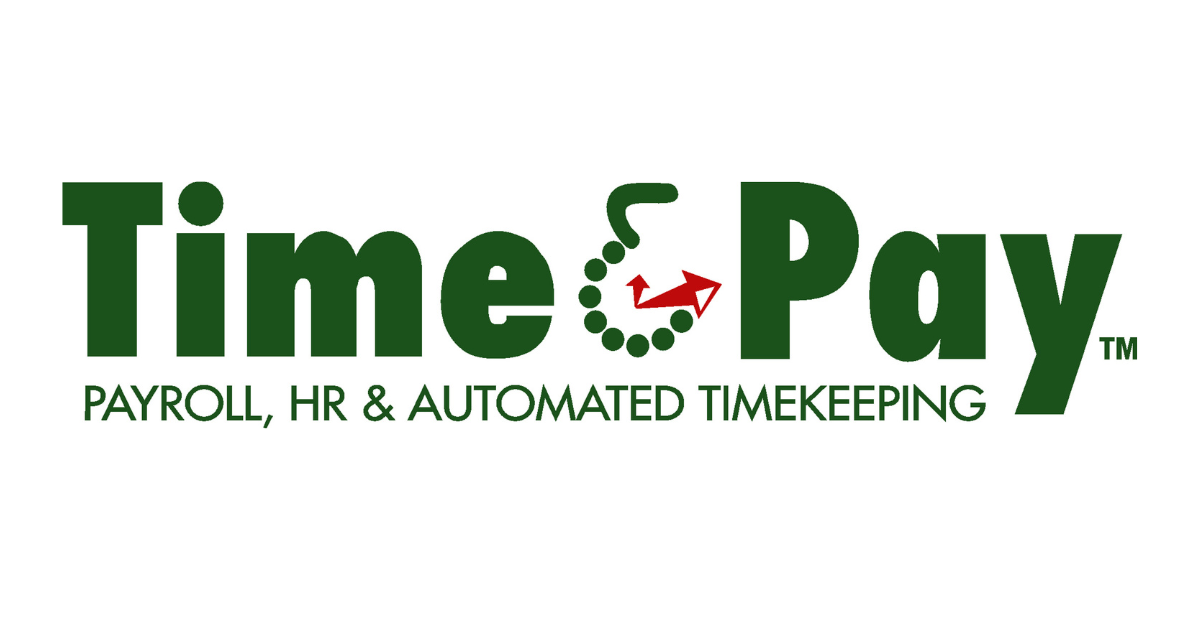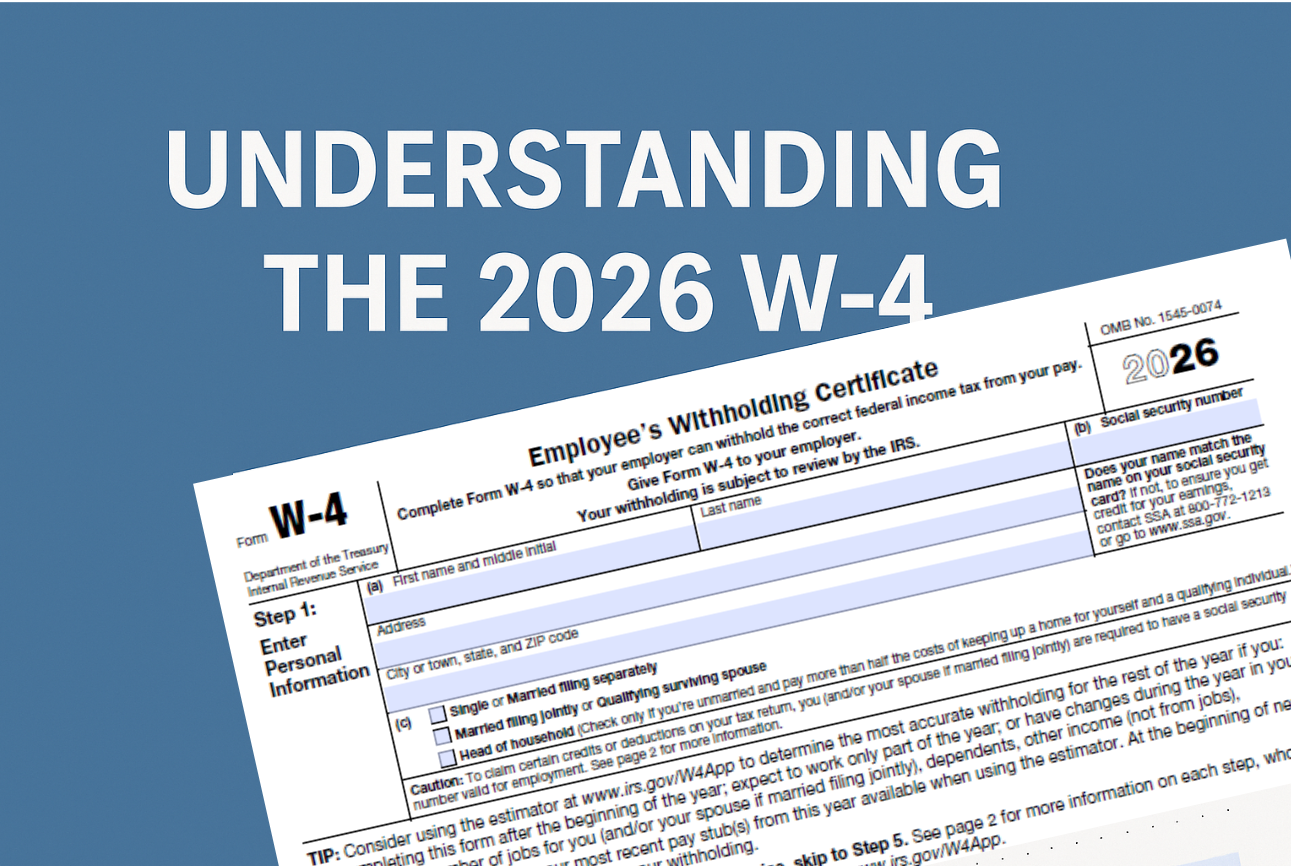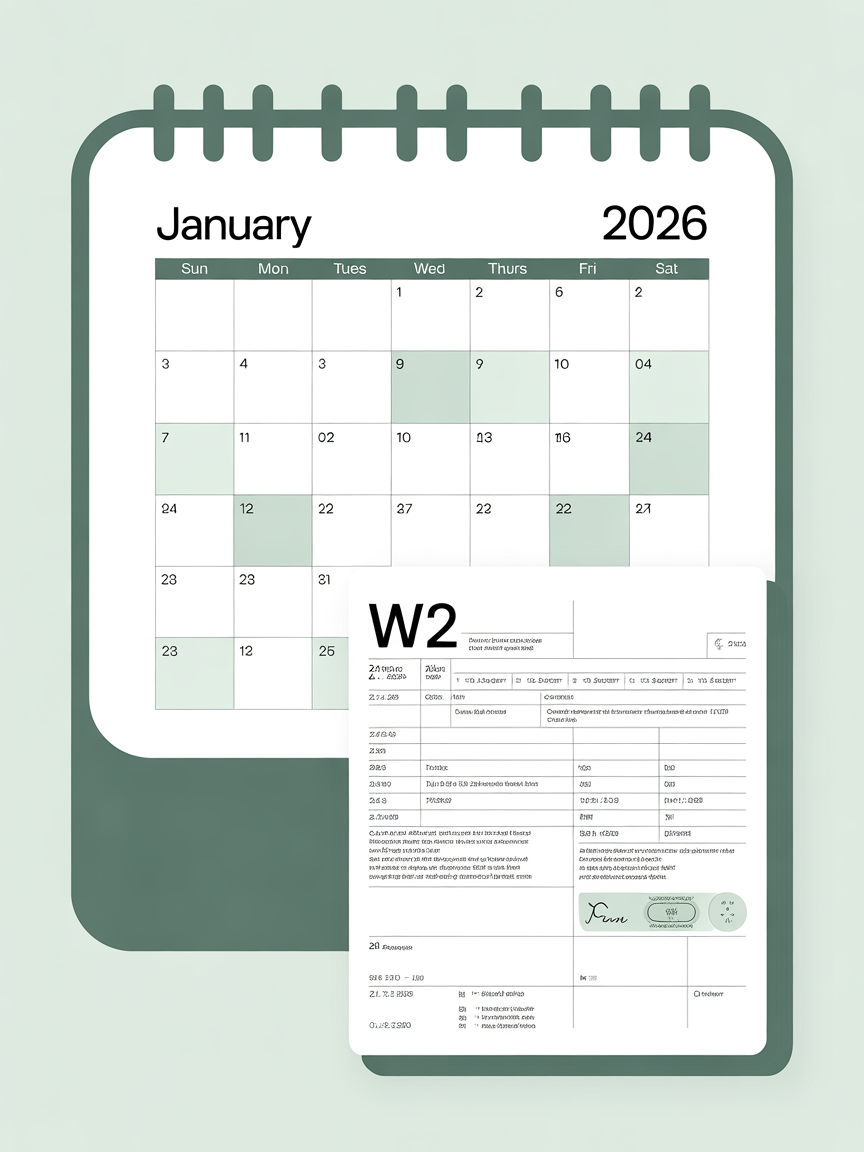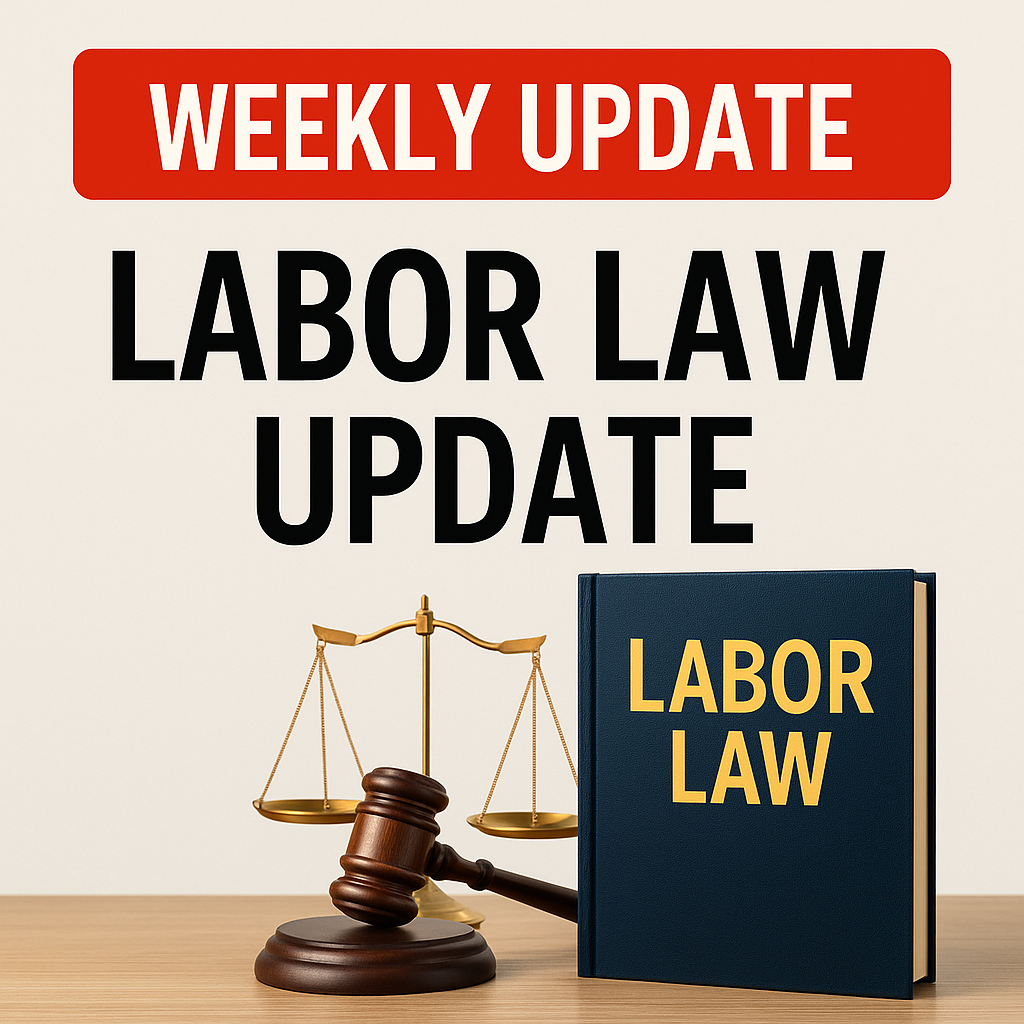The Long-Term Cost of "Only 5 Minutes"
Table of Contents
The True Cost of Inaccurate Timekeeping
When employees inaccurately report their working hours, employers end up paying for time that wasn’t actually worked. This seemingly minor discrepancy can lead to significant financial implications over time.
Here’s a simple breakdown: if an employee records their end time as 5:00 PM instead of 4:55 PM, they’re getting paid for an additional five minutes they didn’t work. Multiply those five minutes by several employees over numerous shifts, and the costs start to snowball. It’s not just the wages; employers also pay payroll taxes on these unworked hours.
Why Precision Matters
The financial impact of these inaccuracies may seem trivial on a small scale, but over time, they can result in substantial losses for a business. Consider it this way: if a company with 30 employees each overreports by five minutes per day, that’s 150 minutes or 2.5 hours of lost productivity daily. Over a month, that’s around 75 hours of paid time that didn’t contribute to your business’s actual operational hours.
Automated Timekeeping Systems: A Game Changer
So, what’s the solution? Enter automated timekeeping systems. These innovative systems track work hours accurately down to the minute, ensuring employees are paid precisely for the time they’ve worked. No more rounding up or down; just exact, verifiable data.
Not only does this enhance payroll accuracy, but it also helps in maintaining fairness and transparency within the workplace. Employees know they're accurately compensated for their time, and employers can rest easy knowing they’re not overpaying.
Practical Benefits for Your Business
Implementing an automated timekeeping system can have numerous benefits:
- Financial Savings: By reducing overpayments, you’ll save on wages and payroll taxes.
- Efficiency: Automated systems streamline the payroll process, saving time and reducing administrative burdens.
- Accurate Records: Provides a precise account of hours worked, which is essential for compliance and audits.
- Employee Morale: Ensuring fair pay improves trust and satisfaction among employees.
The Bottom Line
Accurate timekeeping may seem like a small detail, but its impact on your business’s bottom line is anything but minor. Using automated timekeeping systems can prevent unnecessary costs and boost overall efficiency.
Take a moment to consider your current system. Are you losing money to minor inaccuracies? If so, it might be time to explore the benefits of automated timekeeping. Invest in precision, and watch your business thrive.




